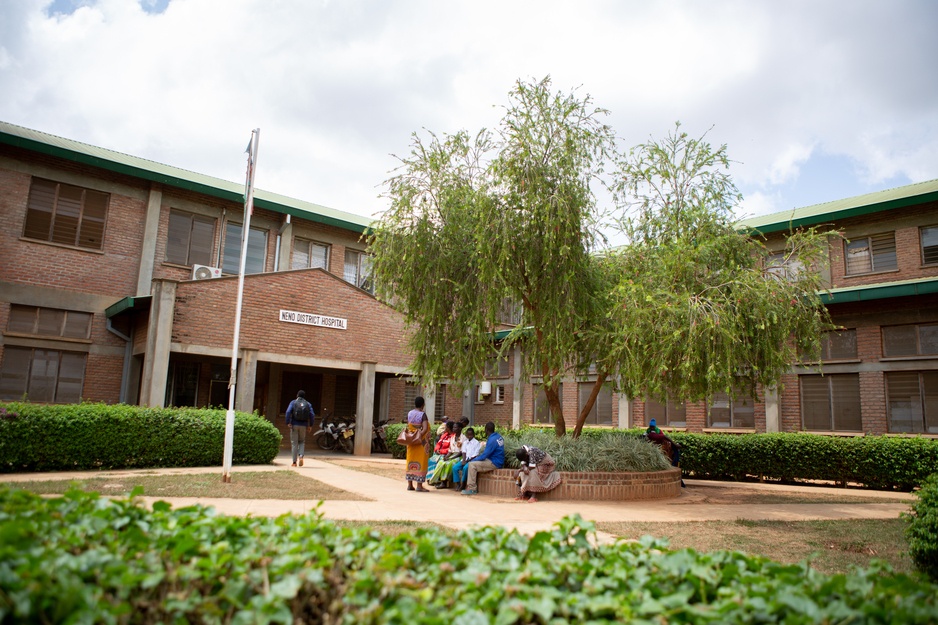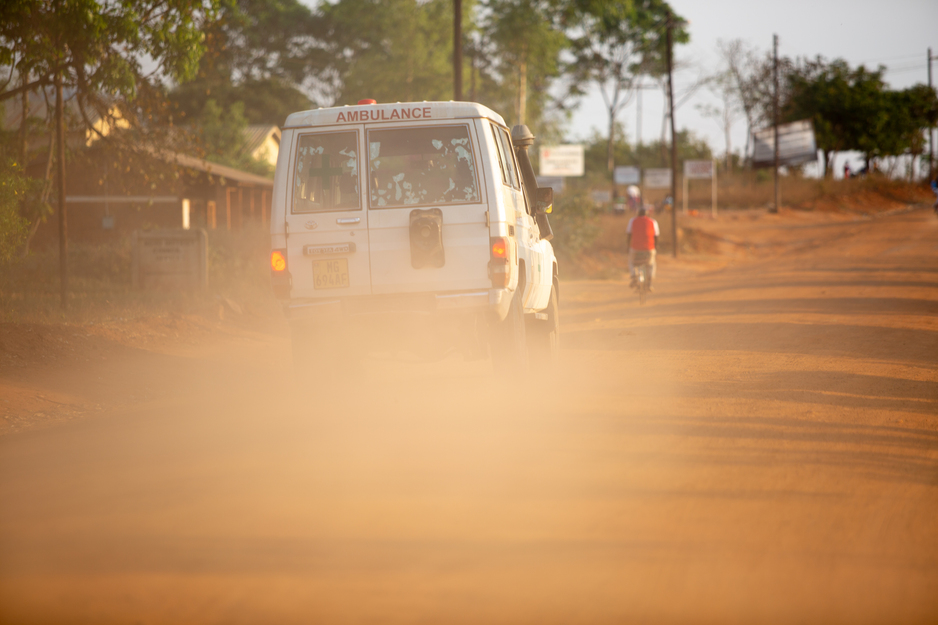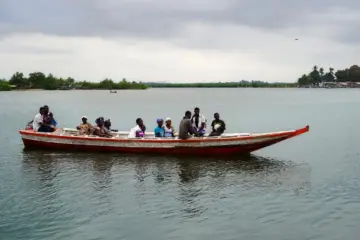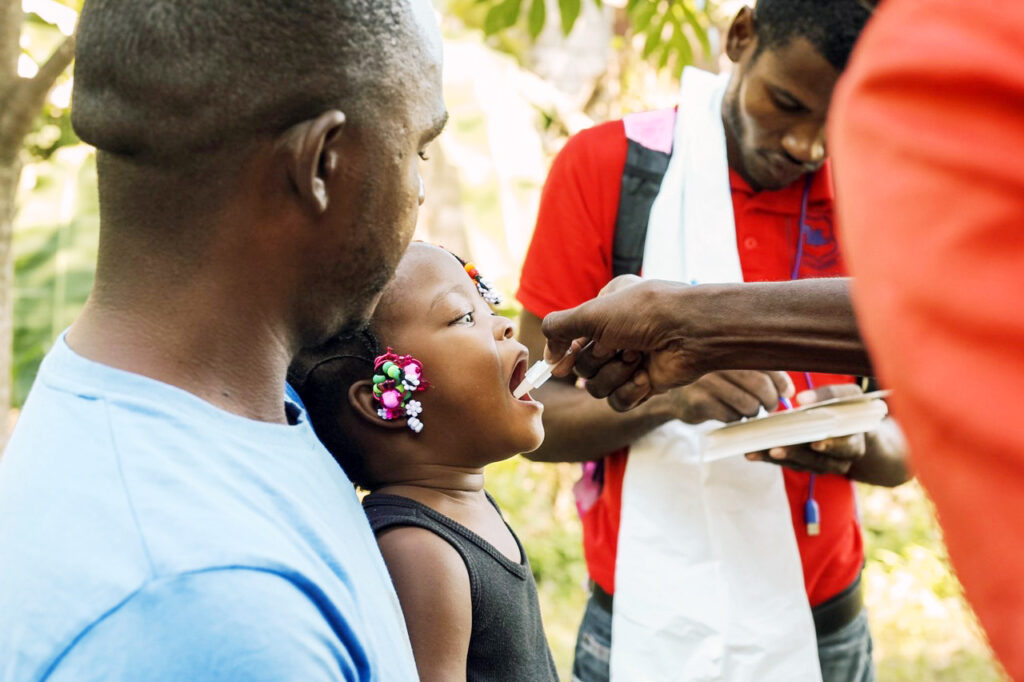Innovation: Malawi Critical Care Survey Adapted for COVID-19 Response


In January and February, when Partners In Health and the Malawi Ministry of Health conducted a nationwide survey of hospitals’ ability to provide emergency and critical care, they didn’t realize how vital that work was about to become.
The Malawi Emergency and Critical Care Survey was created with the ministry’s Non-Communicable Disease (NCD) Unit, as part of efforts to support PIH’s broad mission of health systems strengthening—working with countries long-term to install “staff, stuff, space, and systems,” as PIH co-founder and chief strategist Dr. Paul Farmer often says.
In this case, the survey would help Malawi’s health system save lives during emergencies, provide critical care with infection control procedures, and meet ongoing needs for a range of infectious and non-communicable diseases.
PIH is known locally as Abwenzi Pa Za Umoyo and has worked since 2006 in Malawi’s mountainous, rural Neno District, where it supports Neno District Hospital and Lisungwi Community Hospital, along with 12 health centers.
The survey assessed capacity at all four of Malawi’s central hospitals and nine of the country’s 23 district hospitals, interviewing 13 administrators and 101 clinical staff. Neno District Hospital was included in the survey.
“The original plan was to present the data to the Ministry (of Health), disseminate it to the districts, get feedback, and eventually write it up,” said Dr. Paul D. Sonenthal, a pulmonary and critical care specialist at Brigham and Women’s Hospital in Boston, and PIH collaborator.
“But we realized that the information was too valuable to take that approach.”
As the COVID-19 pandemic escalated around the world, the colleagues pulled out the data most relevant to a COVID response, quickly analyzed it, presented it to Ministry of Health officials, and drafted a manuscript.
The final product, published in May in The Lancet Global Health, paints a detailed picture of emergency preparedness—which tracks very closely to COVID-19 preparedness—and provides one of the few published, facility-level assessments of critical care capacity in a low-income setting.
Assessing Gaps for COVID-19
The survey revealed “crucial gaps in resources” needed to treat COVID-19 patients in Malawi, which had 11 deaths and more than 800 cases as of June 23. Co-authors of the published study, including Sonenthal, noted that just three of the 13 hospitals surveyed early this year had an intensive care unit; that all four central hospitals, but none of the nine district hospitals, could administer non-invasive mechanical ventilation; and that oxygen was adequately available in just five of 13 outpatient or emergency departments.
The survey also showed a severe lack of personal protective equipment, including eye protection, N95 respirators, and access to handwashing facilities. Co-authors highlighted the substantial risk those shortages create for health care workers. Media reports around the world at that time, in late May, said tens of thousands of health care workers had been infected with COVID-19 and thousands had died.
Identifying those gaps in the first months of 2020, and creating plans to fill them, has proven crucial for the government’s COVID-19 response nationwide.
The study published in May also calls attention to “the crucial importance of early containment in Malawi and other low-income countries” through a combination of widespread testing, outpatient treatment, contact tracing, isolation, and physical distancing.
“A lot of people might look at Malawi and say, well, it’s a low-resource country, they don’t have anything that they need to care for people with coronavirus,” said Dr. Emilia Connolly, chief medical officer for Partners in Health in Malawi and a co-author of the study. “But before coronavirus, even the United States didn’t predict well how many ventilators it would need. This kind of information is vital for everyone, globally—for identifying weaknesses in the health system and developing a long-term plan to strengthen them.”

A Model for Emergency Care
The hospital survey could create a needed assessment model for governments and health leaders outside Malawi.
Sonenthal said that at the outset, the question was: “How can we apply a PIH model of health system strengthening and sustainable growth to critical care? And we soon realized, after surveying the literature and speaking to a lot of people, that there just isn’t much known about care patterns in low-income countries.”
For all of its importance, he said, critical care often goes overlooked, largely because it doesn’t always fit into existing global health support structures.
“It’s not disease-based like tuberculosis or malaria; it’s not systems-based like cardiology or nephrology; and the actual people who do it vary,” Sonenthal said, noting that at many hospitals, clinicians who specialize in other areas often fill gaps in critical care.
“It bleeds into a lot of different groups and structures, and we’ve made sure to keep in mind that the care of very sick patients happens across every space in the hospital—in the emergency room, in the wards, in the operating rooms and the post-operative units,” he said.
The study’s co-authors knew that a needs assessment could help Malawi officials chart a path forward, not only by identifying gaps, but also by informing interventions to help facilities care for their sickest patients—a growing demographic amid COVID-19.
Sonenthal said one of the survey’s main strengths is its holistic view of ventilators, which are key equipment for the care of critically ill patients.
“If I were to hand a ventilator over to someone in a district hospital in Malawi, they still wouldn’t be able to accomplish mechanical ventilation,” he said. “The stuff is not the only barrier; it’s also about having staff and the infrastructure to use it,” including piped oxygen and reliable electric power.
Noel Kasomekera, a technical assistant with PIH who also works with the Malawi Ministry of Health’s NCD unit, noted that any epidemic will expose weaknesses in a health system.
“So when we think about responding to an epidemic, we’re thinking about building capacity that will last well beyond it,” Kasomekera said. “We see the coronavirus as a major challenge, but also as a catalyst for system-wide change; being ready to treat COVID-19 patients is also being ready to treat patients made critically ill by tuberculosis, or severe pneumonia, or any number of other infections.”
Article originally posted on pih.org. The Critical Care Survey on COVID-19 is published in the Lancet.
See how the PIH team is responding to COVID-19 in rural Chiapas, Mexico.



